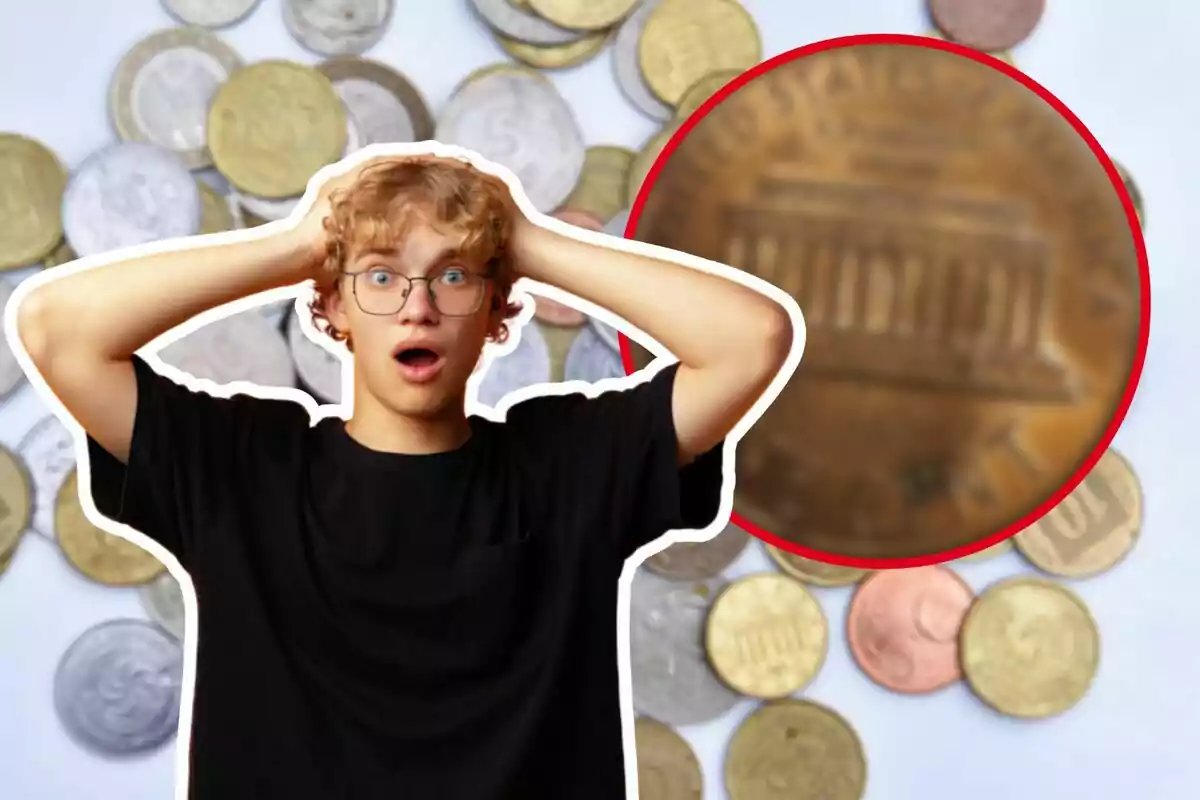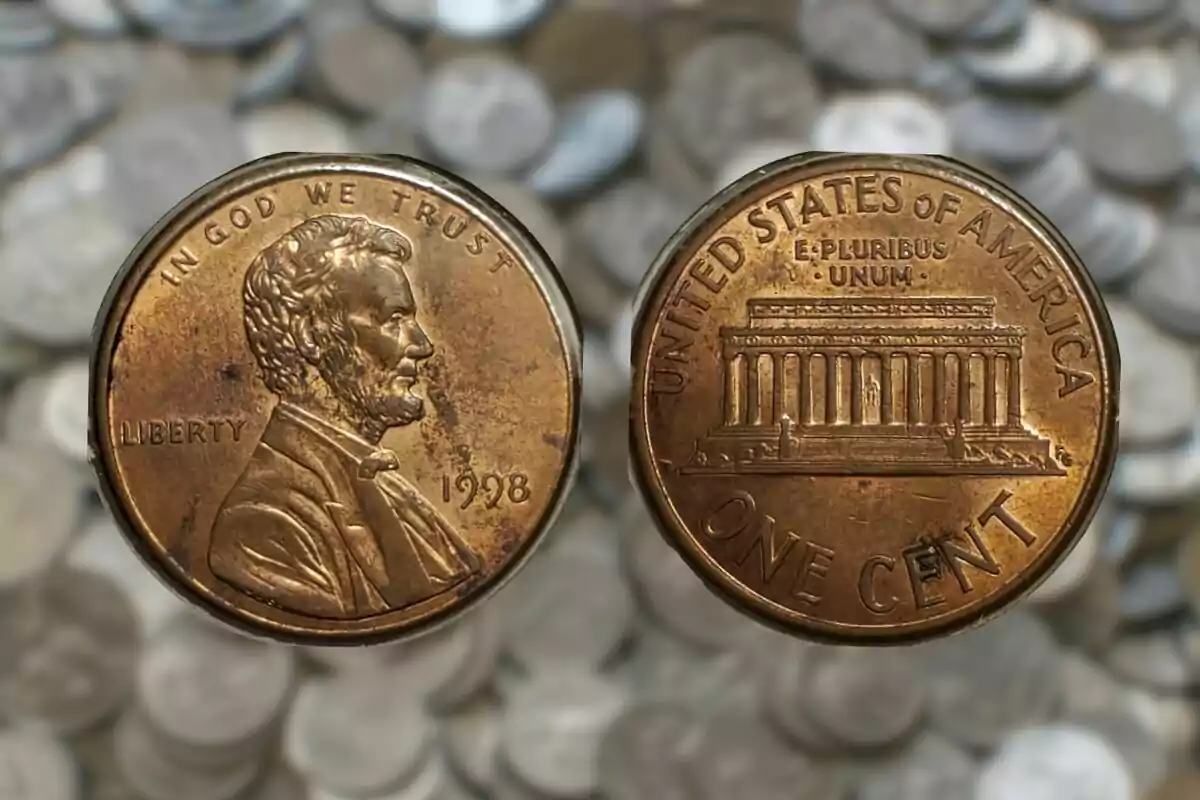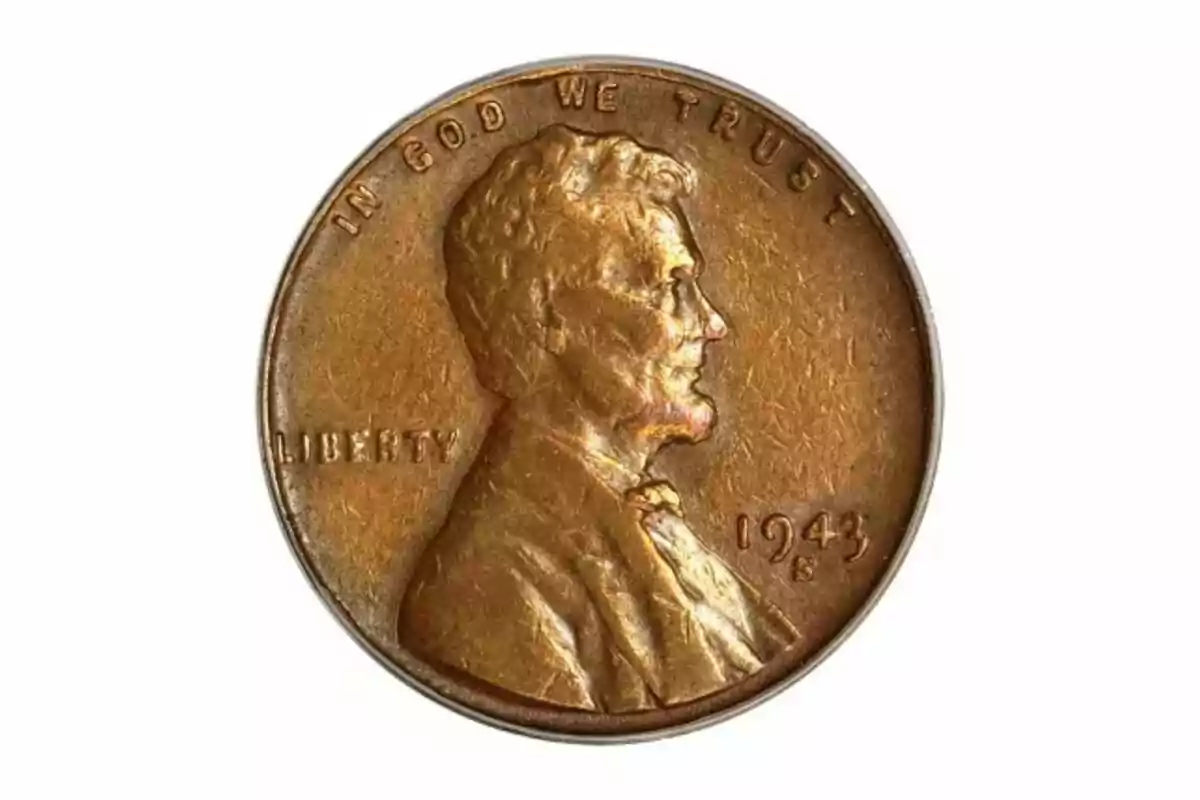
The Lincoln Penny Worth Up to $5,000: Still in Circulation
The rarity of these coins is the main factor driving their value, making them highly desired pieces
In the world of numismatics, minting errors have led common coins to become extremely valuable pieces. Although many coins may seem ordinary at first glance, a small error turns them into unique and highly desired items in the numismatic market.
A clear example of this type of coin is the 1998 Lincoln Wide AM penny. Although it looks like a normal Lincoln cent, it has a detail in its design that makes it stand out. This error has captured the attention of collectors who are willing to pay surprising prices for a piece in perfect condition.

The 1998 Lincoln Wide AM Penny and Its Minting Error
The 1998 Lincoln Wide AM penny is one of the most sought-after coins due to a small but significant minting error. On the reverse of the coin, the letters "A" and "M" in the word "AMERICA" are spaced more widely than on common ones.
This defect occurred when a die intended for minting proof coins was mistakenly used for regular circulation coins. Proof coins have wider spacing in the letters, while normal circulation coins have them much closer together.

This error has turned the Wide AM penny into a highly valuable piece for collectors. Coins in exceptional condition, such as those reaching a grade of MS67 or higher, can sell for up to 5,000 dollars. The combination of rarity and such a particular error has made this coin one of the most desired in numismatic auctions, being very difficult to find specimens in perfect condition.
The 1943 Lincoln Wheat Penny: An Error That Increased Its Value
An equally famous minting error involves the 1943 Lincoln Wheat Penny. In that year, due to the copper shortage during World War II, Lincoln cents were made with steel. However, some bronze planchets, which were used in 1942, slipped into the 1943 production, creating a number of bronze coins.

The 1943 Lincoln Wheat Penny in bronze is one of the most valuable minting errors in history. Only a few specimens were minted, and their value has reached impressive figures, going up to 37M dollars. The authentication of these coins is done through tests such as using a magnet, as bronze coins are not magnetic, unlike steel ones.
This error has spurred a phenomenon known as the "treasure hunt," in which collectors search for rare coins in their change, hoping to find one of these pieces. Although finding one of these coins is unlikely, this type of minting error has increased interest in old coins.
More posts: